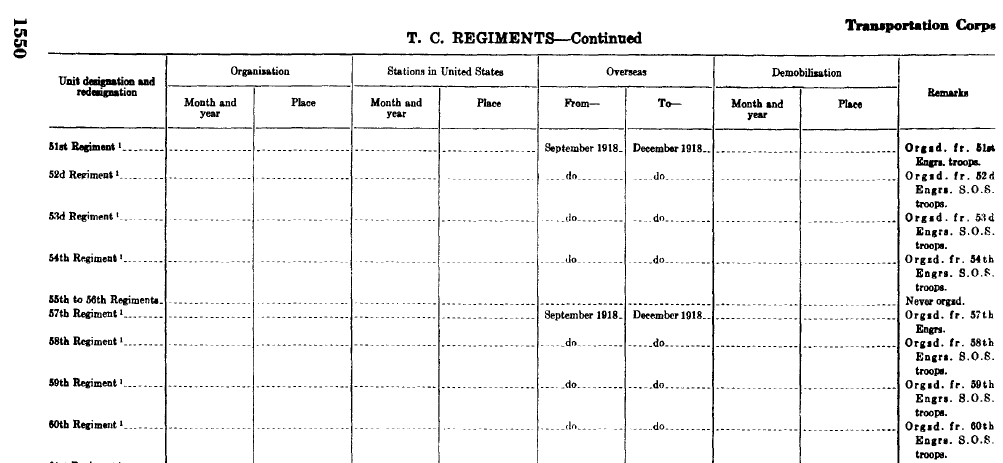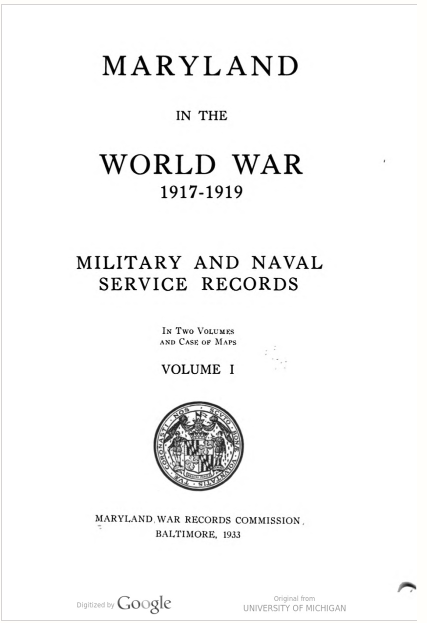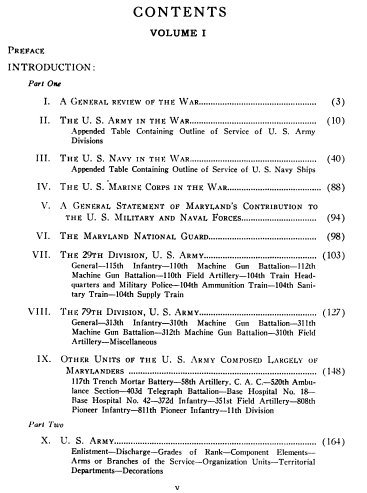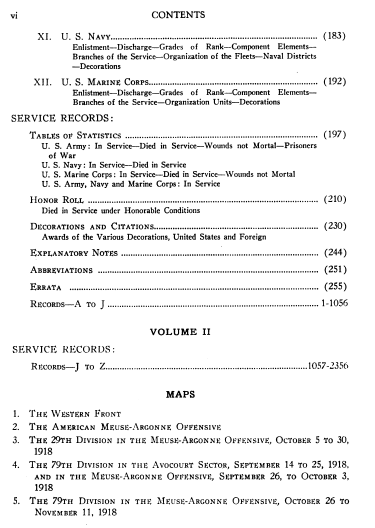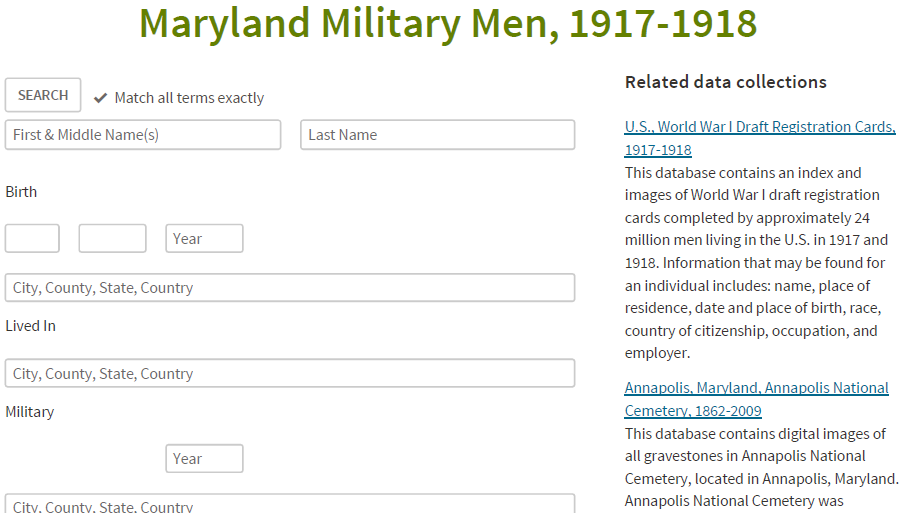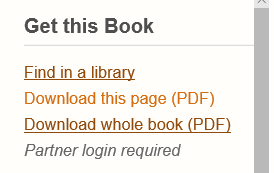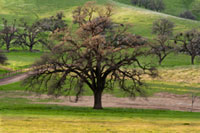The National Personnel Records Center (NPRC) is an imposing facility located in St. Louis, MO. This summer I spent two days researching the 51st Pioneer Infantry at the NPRC. This post describes the planning and visit to the facility; a subsequent post will discuss the specific records I researched during my visit.
The NPRC the central repository of personnel-related records for both the military and civil services of the U.S. Government. Always remember that their priority is to serve current veterans. Everyone you meet at the facility and in the research room is incredibly knowledgeable and helpful.
I visited the Archival Research Room to view Morning Reports and Rosters for the 51st Pioneer Infantry Regiment in WWI.
Planning the trip to the NPRC began more than six weeks before my visit. The research staff recommends planning this far in advance so that they can verify they have the records you seek and so that you can reserve a filmstrip reader.
If you choose to contact the NPRC about your visit by email, they request that you include your postal address and telephone number so that they may contact you in case of additional questions.
When you arrive at the NPRC, you will go through a security checkpoint. Government-issued photo ID is required. Do yourself a favor, and clear out your computer bag or everything you do not need, or use an alternate bag. There are items that you may forget are in your bag, like scissors, that are not allowed into the building.
My NARA researcher card had expired, so I had to view the PowerPoint orientation again. NPRC issues its own researcher cards. NPRC will accept NARA researcher cards, but other NARA facilities will not accept NPRC researcher cards.
Any paper that you wish to take into the research room has to be inspected and stamped by the staff. Bring only a minimal amount of paper. If possible, have the required information on files of the computer that you will bring in with you.
The Archivist walked me through the research room, and the process of getting to the equipment and filmstrips I needed.
The research room also had computers with access to Ancestry.com and Fold3.
If the records you need to view are on a filmstrip, and you want to make a copy, you have two choices. You can use a digital camera, but you have to realize that there will be a reflection on the screen. The other choice is use the printer connected to the filmstrip reader. Each copy that you take costs $0.40, which is collected when you are ready to leave. When you are prepared to depart, you bring all your paper to the research desk and your copies are weighed. You pay the fee at the cashier’s window with cash or credit card. Any papers that you remove from the room are inspected and locked in a document bag. The document bag is unlocked during the final inspection before you leave the building.
Archival vs. Federal Records
62 years after a service member separates from the service by discharge, retirement or death in service, the Federal records become Archival records. Archival records are open to the public. Federal records have restricted access (veteran or next-of-kin), but can be requested through a Freedom of Information Act (FOIA) request. There may be an opening of records of Persons of Exceptional Prominence (PEP) to the public before this time.
What genealogists need to keep in mind is that while s/he may be the next-of-kin and appears to be entitled to a free copy of the records, once the records pass to archival status fee applies to getting the records. However, these records are free to view at the research room.
Information about Archival holdings can be found here.
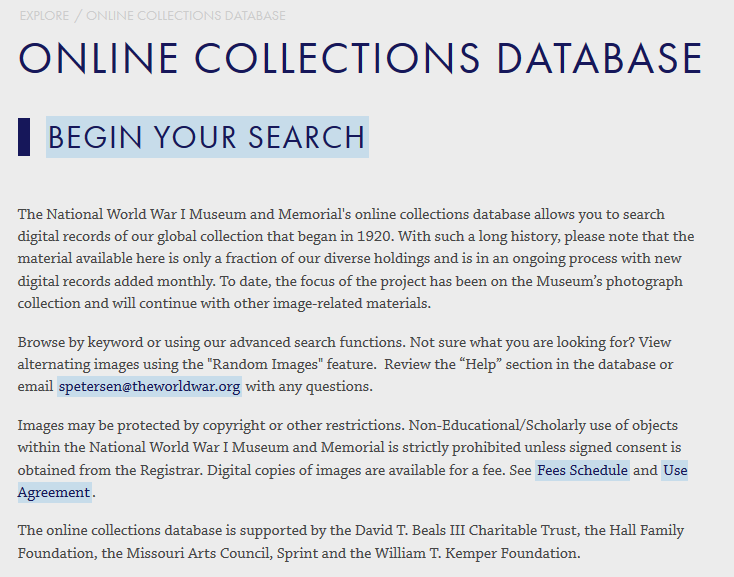

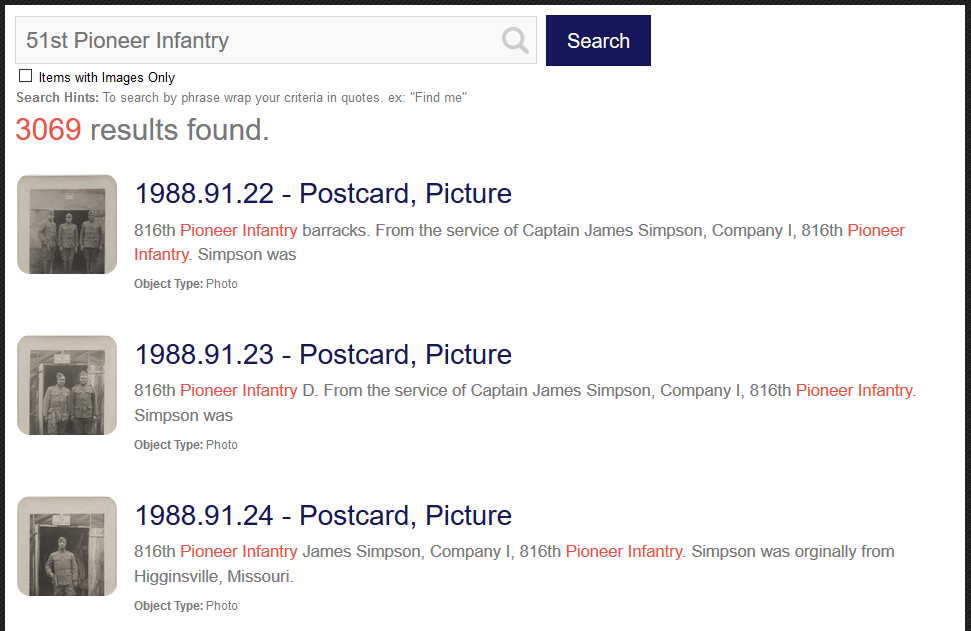

 My best tip: Be sure to contact the archivists before your trip to see what else might be available, or what suggestions they might have.
My best tip: Be sure to contact the archivists before your trip to see what else might be available, or what suggestions they might have.

